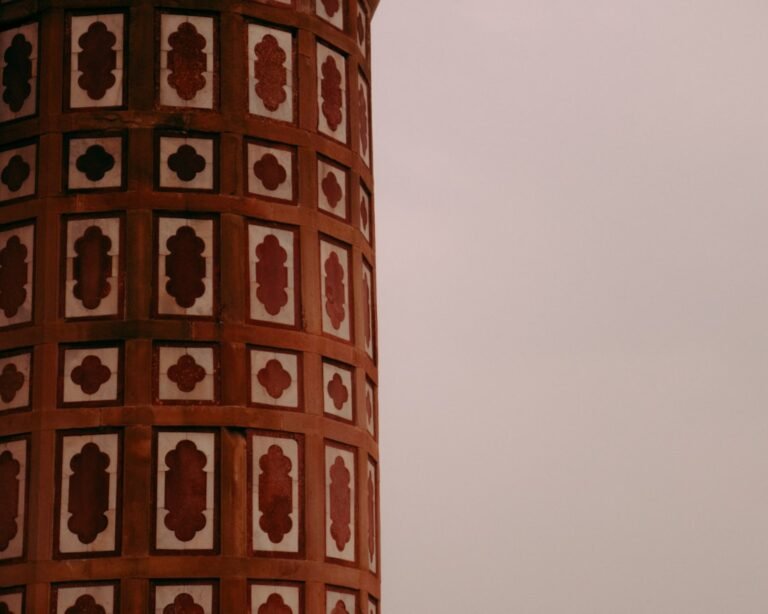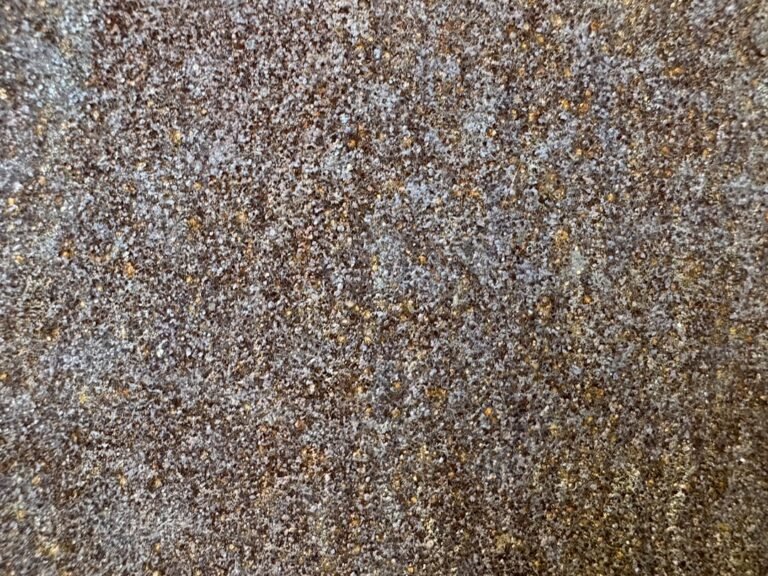The Enigmatic Worth of Tiger’s Eye: Unraveling its Mystique
Tiger’s eye, with its captivating, chatoyant sheen, is a gemstone that has intrigued humans for centuries. The question many enthusiasts and collectors often ask is, “How much is tiger’s eye worth?” While its beauty is undeniable, its value is determined by various factors, including its quality, size, and market demand. This article will delve into the intricacies of tiger’s eye pricing, offering insights and revealing its true worth.
The Geology and Formation of Tiger’s Eye
Tiger’s eye is a member of the quartz family, known for its distinct, silky luster and golden, yellow-brown stripes reminiscent of a tiger’s eye. The gemstone forms through the process of pseudomorphism, where crocidolite, a form of asbestos, is transformed into quartz over time. This transformation imbues tiger’s eye with its unique, shimmering appearance known as chatoyancy.
The formation location significantly affects the value of tiger’s eye. Regions like South Africa, Brazil, and Western Australia are renowned for high-quality deposits. The gemstone’s condition, clarity, and depth of color play critical roles in determining its value. The more intense and uniform the color, the more valuable the specimen typically is.
Evaluating the Quality of Tiger’s Eye
One of the principal determinants of **tiger’s eye worth** is its quality. This quality assessment typically includes its color, clarity, cut, and size—often referred to as the Four Cs in gemological terms. The gemstone should exhibit a vibrant, lustrous color with minimal imperfections or inclusions that could mar its surface.
Processing also affects its price. Tiger’s eye carved with expert precision into shapes that best display its natural luster demands a higher market price. However, raw or uncut stones, while cheaper, offer an unaltered glimpse into the stone’s natural beauty, a factor that might influence buyers interested in geological specimens.
Market Demand and Its Effect on Price
The market demand for tiger’s eye is another critical factor affecting its worth. Unlike precious stones like diamonds or sapphires, tiger’s eye is considered a semi-precious stone, often available at more affordable costs. However, its price can fluctuate based on current trends in jewelry design and popularity in metaphysical or crystal healing circles.
In recent years, there has been an increased interest in gemstones like tiger’s eye due to their metaphysical properties. Believed to ward off evil and bring good luck, tiger’s eye is frequently marketed in spiritual and holistic sectors, potentially elevating its demand and, consequently, its price.
The Economic Aspect of Tiger’s Eye
While tiger’s eye may not command exceptionally high prices in the gemstone market, it holds significant value in other forms. Mass-produced accessories like beads, bracelets, and rings are often affordable, appealing to a broad consumer base. However, high-quality, finely cut tiger’s eye pieces can reach impressive prices, especially if they are part of a unique jewelry collection or crafted by renowned artisans.
Tiger’s eye is often more affordable than gemstones like ruby or emerald, making it an accessible choice for those wishing to enjoy its beauty without a steep investment. On average, tiger’s eye can range from a few dollars per piece for lower quality or small stones to several hundred dollars for museum-quality specimens.
Conclusion: Assessing the True Worth of Tiger’s Eye
The value of tiger’s eye is not solely determined by its monetary price but also by its aesthetic and symbolic appeal. Whether sought after for its beauty, its metaphysical properties, or its place in a collector’s array of gemstones, tiger’s eye remains a beloved choice for many.
In essence, answering how much **tiger’s eye worth** lies not only in numbers but in understanding its formation, evaluating its quality, and considering market trends. Each piece tells a unique story, reflecting a piece of Earth’s history locked in time. As we continue exploring the facets of tiger’s eye, its worth remains a beautiful blend of geology, craftsmanship, and mystique.









